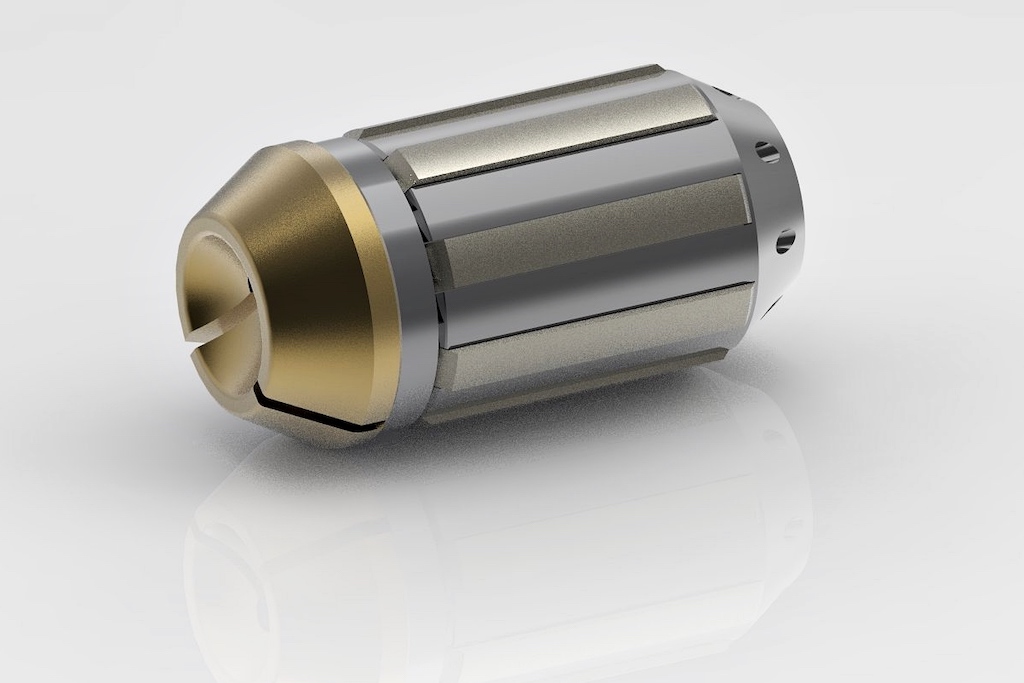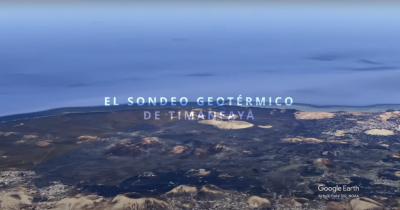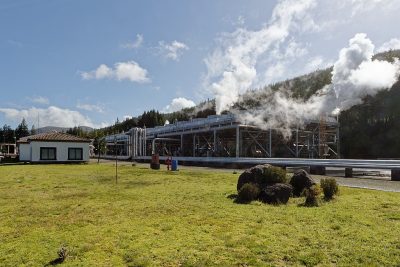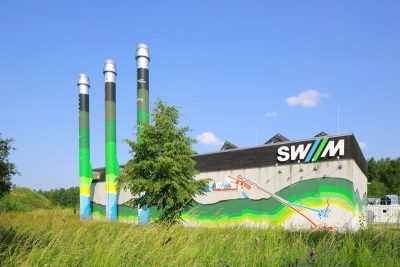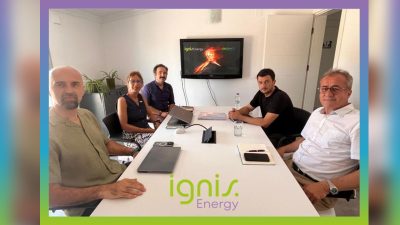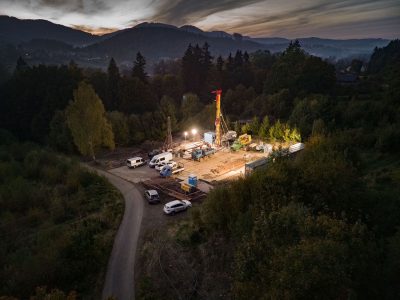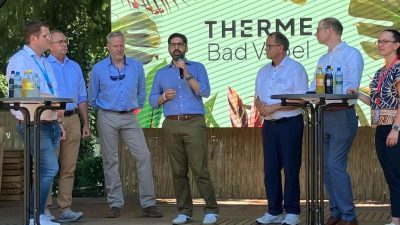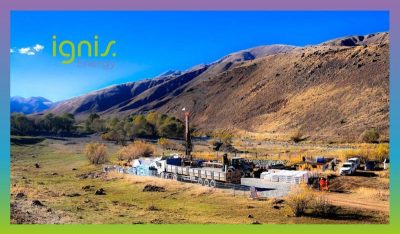Micro drilling turbine intended to reducing exploration risk
With the help of the new Micro Turbine Drilling (MTD) technology, Fraunhofer IEG would like to reduce the exploration risk of geothermal deep boreholes in the future and at the same time optimize the production capacity. According to the Fraunhofer Institute, the finding risk of deep geothermal boreholes is around 30 ..Read more
According to the Fraunhofer Institute, the finding risk of deep geothermal boreholes is around 30 percent to date. To counteract this, scientists at Fraunhofer IEG in Bochum have developed a new technology which is intended to reduce the aforementioned risk of discovery by means of additional branch boreholes from the main borehole.
The “Micro Turbine Drilling (MTD)” technology comes from Niklas Geißler, who works at the Fraunhofer IEG in Bochum and at the Fraunhofer-Chalmers Research Center for Industrial Mathematics FCC in Sweden. The Federal Ministry for Economic Affairs and Energy is supporting the project with a donation of over EUR 430,000.
How the MTD works
With the help of additional micro-branch boreholes, surrounding cracks and fissures for the extraction of deep water can be identified within a radius of 50 m of the main borehole. This means that deep water can be localized in a much larger catchment area.
The technology is based on a micro drilling turbine, which is equipped with a diamond drill bit. The dimensions of the tool are only 10 cm long and 3.6 cm in diameter.
The drill bit is set in rotation via a high-pressure-resistant hose, which drives the turbine with up to 200 litres of water per minute at an inlet pressure of approx. 100 bar.
The tungsten carbide matrix and the diamond grains incorporated in the drill bit enable the micro drilling turbine to advance into the surrounding rock at 80,000 revolutions per minute. The technology is therefore particularly suitable for hard crystalline rock such as granite. At the same time, steel can also be penetrated, which has proven itself in view of the frequent steel casing in boreholes.
“We can do two to three meters an hour. The water that drives the micro-turbine also serves as cooling so that the drill does not overheat, and also as a rinse to remove the drilling dust, ”says Geißler.
The MTD shows similarities to the so-called Radial Jet Drilling (RJD), which is also a pressurised water-based drilling process. However, due to its nature, this is only suitable for drilling work in soft rock and is therefore only rarely used for deep geothermal drilling.
The micro-turbine is deflected out of the main bore and driven into the surrounding rock by a special deflection device. A deflection shoe enables the micro-turbine to be deflected up to an angle of approx. 45 degrees from the main bore.
In the Swiss Bedretto Underground Laboratory (BUL), the drilling process has already been tested several times at a depth of up to 350 m, with the results being very promising.
Further steps in planning
In addition, drilling noises should be recorded in order to analyze the characteristic pulse patterns of the Mirko drilling turbine that occur during drilling. In this way, one can not only make statements about the lithology that has been drilled through, but also determine whether the drilling tool is possibly stuck or is running empty. To record the drilling noises, they are transmitted to the steel pipeline as structure-borne noise.
Areas of application
According to Geißler, the MTD process, which was patented in 2020, can be used not only for geothermal energy but also in deep wells in the oil and gas industry. Especially in the field of geotechnology or tunnel construction, the drilling technology enables anchor bores to be drilled in places that are difficult to access.
Source: Fraunhofer IEG via our German partner site TiefeGeothermie
